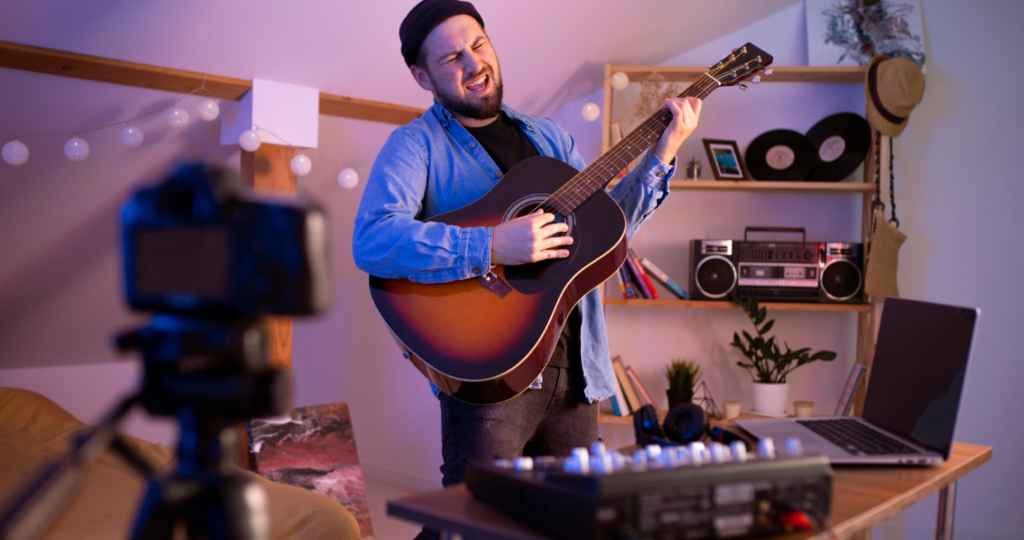Music videos have evolved from simple promotional tools to powerful artistic mediums, shaping the way audiences engage with music. In the digital age, where visuals dominate, music videos have become essential for storytelling, offering artists a platform to express their creativity, enhance their music, and connect with audiences worldwide.
A Historical Perspective
The concept of music videos dates back to the mid-20th century, with early efforts like The Beatles’ “A Hard Day’s Night” and Queen’s “Bohemian Rhapsody” paving the way for the format. However, it wasn’t until the launch of MTV in 1981 that music videos became a cultural phenomenon. Songs were no longer just audio experiences; they were visual spectacles, adding layers of meaning and emotional depth.
The Digital Revolution
With the advent of platforms like YouTube, Vevo, and TikTok, music videos have found a new lease on life. Unlike the television era, where videos competed for airtime, the internet provides an unlimited stage for creativity. Artists now have the freedom to produce content that ranges from high-budget cinematic productions to raw, minimalist pieces, all accessible to a global audience.
The digital era has also democratized music video production. Independent artists can now create compelling visuals without needing a major label’s backing. Affordable technology and platforms for sharing content allow these creators to compete with industry giants, fostering diversity in storytelling.
Visual Storytelling at Its Best
Music videos serve as more than just accompaniments to songs; they are narratives in their own right. Through visuals, artists can convey messages, explore themes, and build worlds that deepen the listener’s understanding of the music. Consider Childish Gambino’s “This Is America,” which uses striking imagery to address complex social issues, or Beyonce’s “Lemonade,” a visual album that blends music, poetry, and art to tell a deeply personal story.
Directors and visual artists play a crucial role in crafting these narratives. Collaborations between musicians and filmmakers have produced iconic works, such as Michael Jackson’s “Thriller” directed by John Landis, and more recently, Taylor Swift’s self-directed videos, which often contain hidden clues and intricate symbolism for fans to decode.
Engagement and Cultural Impact
In the age of social media, music videos are no longer passive experiences. Fans actively engage by sharing, reacting, and creating content inspired by these visuals. Challenges on TikTok, for instance, can turn a song into a viral sensation, as seen with Lil Nas X’s “Old Town Road.” Music videos have become cultural touchstones, influencing fashion, art, and even social movements.
The Future of Music Videos
As technology advances, the possibilities for music video storytelling expand. Virtual reality (VR) and augmented reality (AR) are already being explored, offering immersive experiences that blur the line between viewer and participant. These innovations promise to redefine how audiences interact with music and visuals.
Conclusion
In the digital age, music videos have transcended their original purpose, becoming a dynamic form of storytelling that bridges the gap between music and visual art. By harnessing the power of visuals, artists can communicate their vision, evoke emotions, and leave a lasting impact on their audience. As technology and creativity continue to evolve, the potential for music videos remains limitless, ensuring their place as a vital part of the entertainment landscape.
Share this content:



